Simplified Geomorphology (Revised) By Dr. Krishnanand

Simplified Geomorphology Ebook
Simplified Geomorphology
Unlock the mysteries of the Earth’s surface with “Simplified Geomorphology (Revised)” by Dr. Krishnanand. This comprehensive textbook delves into the intricate workings of our planet’s structure and the dynamic processes that shape its landscapes.
With detailed chapters covering everything from the internal structure of the Earth to the evolution of its crust, this book is an essential resource for students, researchers, and enthusiasts alike.
Chapter 1: Internal Structure of the Earth (Pages 6-24)
Embark on a journey to the center of the Earth as we explore its layers and composition.
Chapter 2: Theories of Isostasy (Pages 25-42)
Unravel the concept of isostasy and its implications for the Earth’s crustal balance.
Chapter 3: Continental Drift Theory (Pages 43-62)
Discover the groundbreaking theory of continental drift and its role in shaping the Earth’s surface over millions of years.
Chapter 4: Plate Tectonics Theory (Pages 63-84)
Delve into the dynamic theory of plate tectonics and its impact on the Earth’s geological features.
Chapter 5: Geosynclines: Concepts and Theories (Pages 85-99)
Explore the concept of geosynclines and their significance in the geological history of our planet.
Chapter 6: Earth Movements: Orogenesis and Epeirogenesis (Pages 100-113)
Uncover the forces behind mountain building and continental movements that shape the Earth’s surface.
Simplified Geomorphology
Chapter 7: Folds: Types and Characteristics (Pages 114-137)
Study the different types of folds and their role in shaping mountain ranges and geological formations.
Chapter 8: Faults: Types and Characteristics (Pages 138-162)
Examine various types of faults and their significance in the Earth’s tectonic activity.
Chapter 9: Earthquakes: Concept and Mechanism (Pages 163-183)
Understand the mechanisms behind earthquakes and their impact on the Earth’s surface.
Chapter 10: Vulcanism: Concept, Mechanism, and Classification (Pages 184-211)
Dive into the world of volcanic activity and its influence on landforms and geological processes.
Chapter 11: Weathering: Concept and Classification (Pages 212-227)
Learn about the processes of weathering and their role in breaking down rocks and minerals.
Chapter 12: Erosion: Concept and Classification (Pages 228-237)
Explore the various forms of erosion and their effects on shaping the Earth’s surface.
Simplified Geomorphology
Chapter 13: Mass Wasting: Concept and Classification (Pages 238-251)
Investigate the processes of mass wasting and their impact on landscape evolution.
Chapter 14: Transportation and Depositional Process (Pages 252-272)
Understand how sediments are transported and deposited, shaping landforms over time.
Chapter 15: Normal Cycle of Erosion (Peneplanation): W.M. Davis (Pages 273-283)
Explore W.M. Davis’s concept of the normal cycle of erosion and its influence on landscape development.
Chapter 16: Penck’s Cycle of Erosion (Treppen Concept) (Pages 284-296)
Discover Penck’s cycle of erosion and its contribution to our understanding of landscape evolution.
Chapter 17: L.C. King’s Theory of Hillslope Development (Pediplanation) (Pages 297-306)
Examine L.C. King’s theory of hillslope development and its implications for geomorphology.
Chapter 18: Slope Development: Concept and Theories (Pages 307-324)
Investigate the processes of slope development and their role in shaping landscapes.
Simplified Geomorphology
Chapter 19: Fluvial Landforms: Erosional and Depositional Features (Pages 325-343)
Explore the landforms created by rivers and streams through erosion and deposition.
Chapter 20: Glacial Landforms: Erosional and Depositional Features (Pages 344-356)
Learn about the unique landforms carved by glaciers and their influence on the Earth’s surface.
Chapter 21: Aeolian Landforms: Erosional and Depositional Features (Pages 357-376)
Discover the landforms shaped by wind erosion and deposition in arid environments.
Chapter 22: Karst Landforms: Erosional and Depositional Features (Pages 377-395)
Explore the fascinating world of karst landscapes and their distinctive features.
Chapter 23: Coastal Landforms: Erosional and Depositional Features (Pages 396-406)
Study the landforms shaped by the dynamic processes of coastal erosion and deposition.
Chapter 24: Delta Formation: Process and Classification (Pages 407-420)
Investigate the formation and classification of deltas, critical landforms at the mouths of rivers.
Simplified Geomorphology
Chapter 25: Plateau Formation: Process and Classification (Pages 421-436)
Learn about the formation and classification of plateaus and their significance in geomorphology.
Chapter 26: Lakes Formation: Process and Classification (Pages 437-465)
Explore the processes involved in the formation of lakes and the diverse types of lake environments.
Chapter 27: Rocks and Minerals: Formation and Classification (Pages 466-488)
Understand the formation and classification of rocks and minerals, the building blocks of Earth’s crust.
Chapter 28: Channel Morphology: Concepts and Classification (Pages 489-508)
Examine the morphology of channels and their role in shaping river systems and landscapes.
Chapter 29: Geohydrology: Concepts and Components (Pages 509-515)
Gain insight into the hydrological processes that shape landscapes and influence geomorphological features.
Chapter 30: Applied Geomorphology: Urban, Regional, and Economic Aspects (Pages 516-529)
Explore the practical applications of geomorphology in urban planning, regional development, and economic activities.
Simplified Geomorphology
Chapter 31: Factors Controlling Landforms (Pages 530-539)
Investigate the various factors that influence the formation and evolution of landforms.
Chapter 32: Drainage Patterns (Pages 540-566)
Examine the different drainage patterns and their significance in landscape analysis.
Chapter 33: Fundamentals of Geomagnetism (Pages 567-578)
Understand the basics of geomagnetism and its role in shaping the Earth’s magnetic field.
Chapter 34: Origin and Evolution of the Earth’s Crust (Pages 579-604)
Delve into the origins and evolutionary processes that have shaped the Earth’s crust over geological time scales.
With “Simplified Geomorphology (Revised)” as your guide, you’ll gain a deeper understanding of the Earth’s surface processes and the fascinating landscapes they create.
Whether you’re a student, researcher, or enthusiast, this book is an invaluable resource for exploring the dynamic world of geomorphology.
Follow The Author On Facebook
Subscribe The Author On Youtube
Follow The Author On Instagram


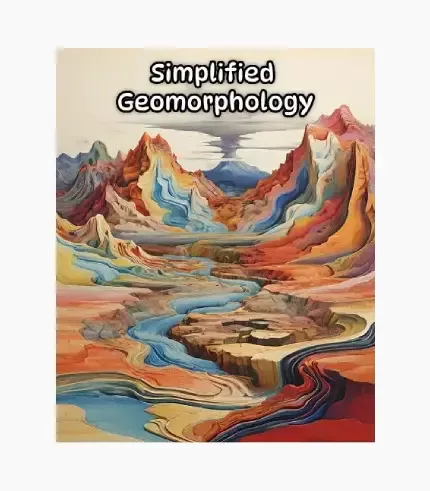
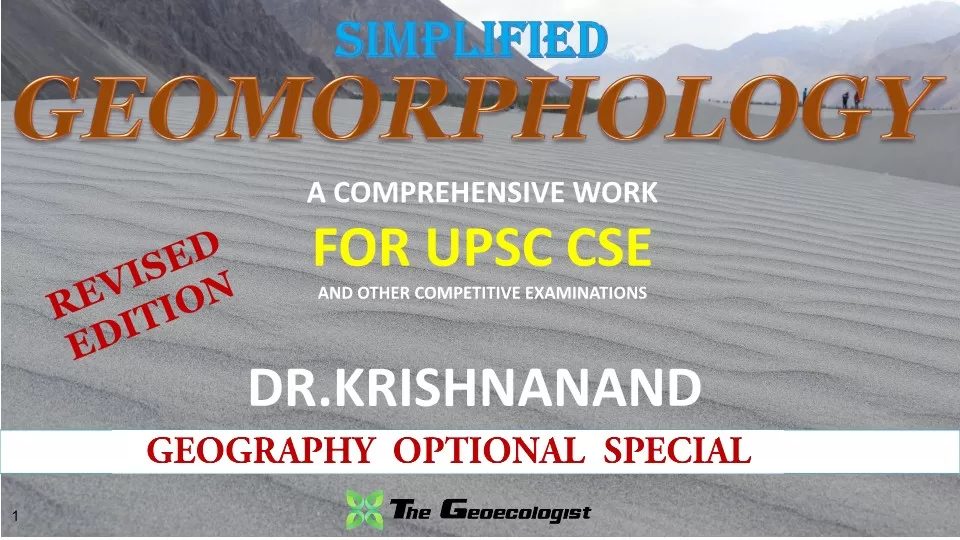
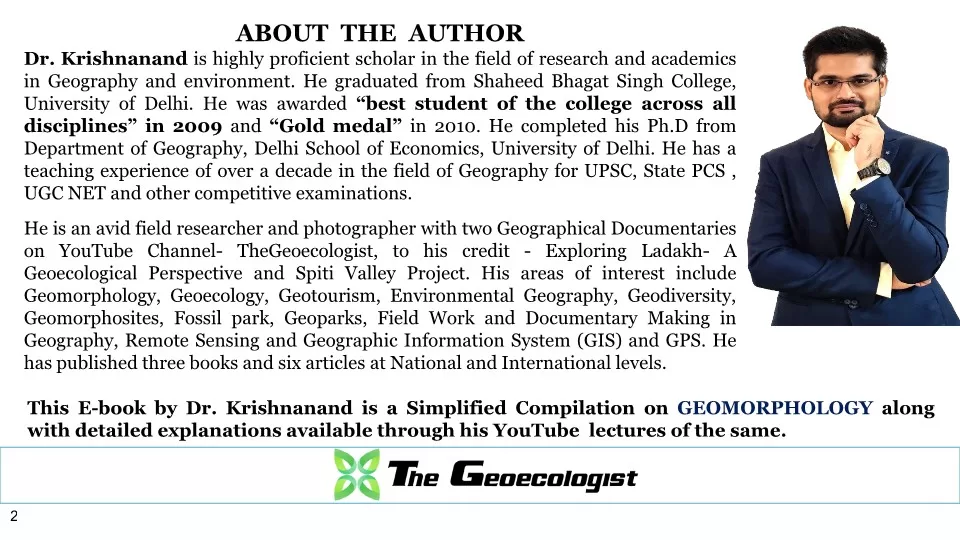

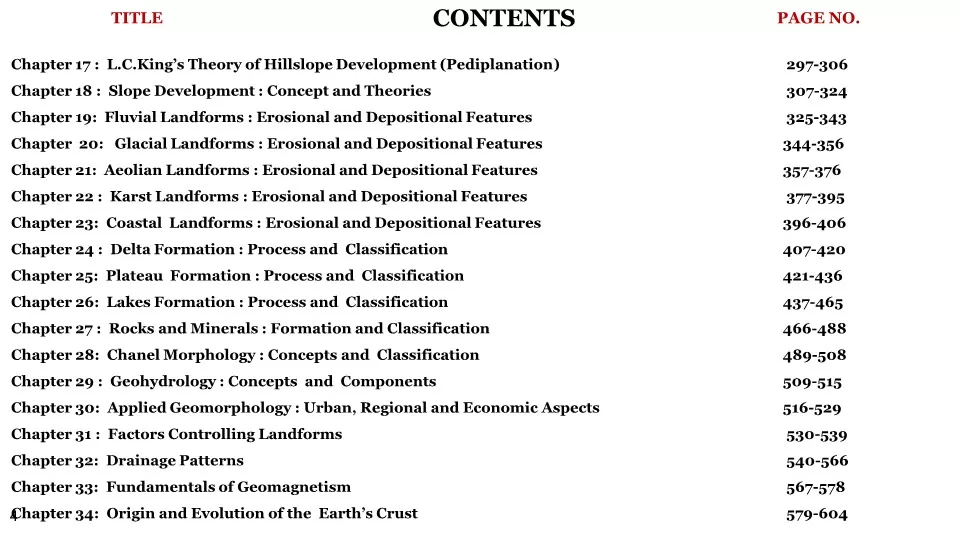
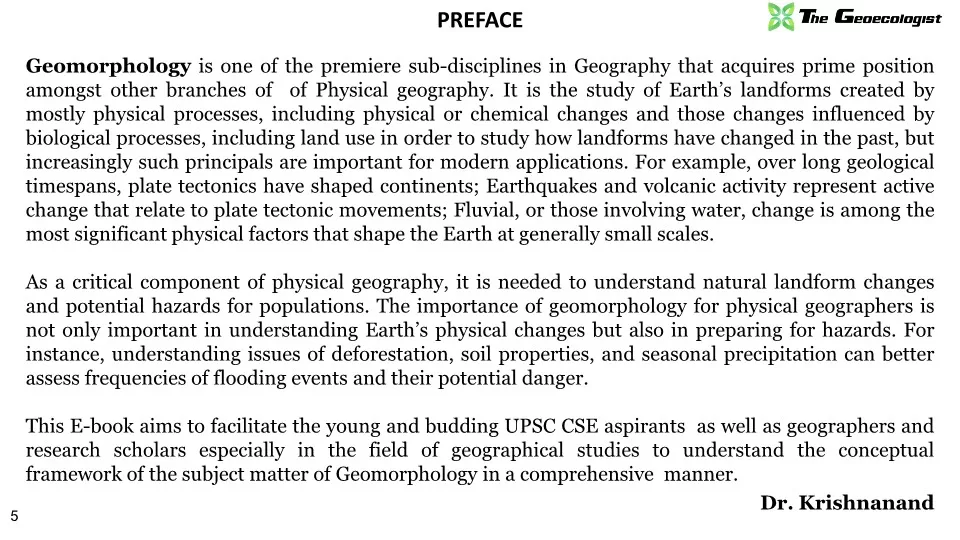
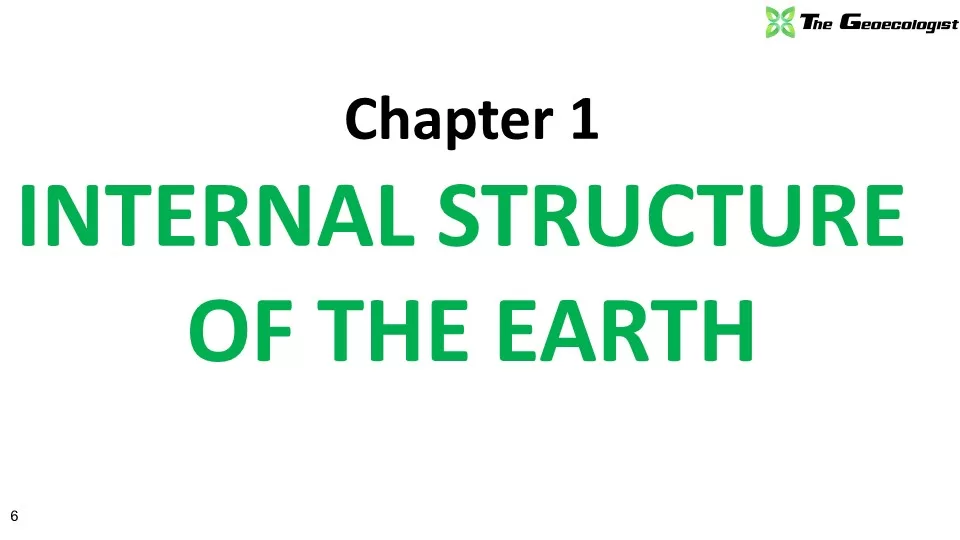
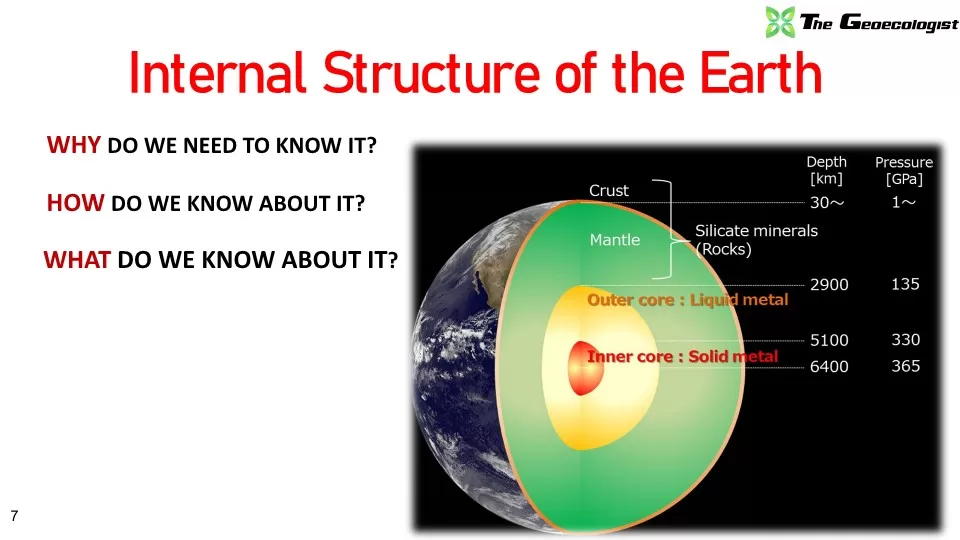
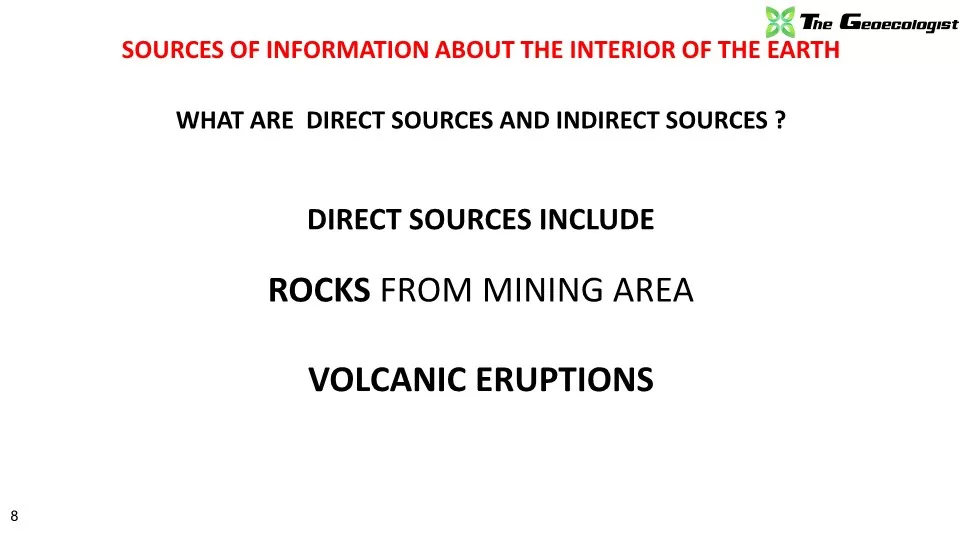
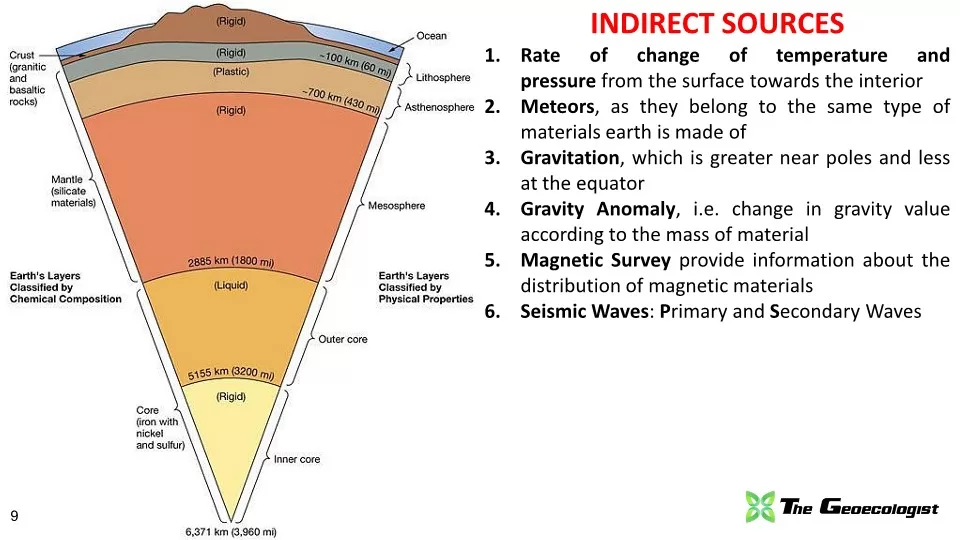
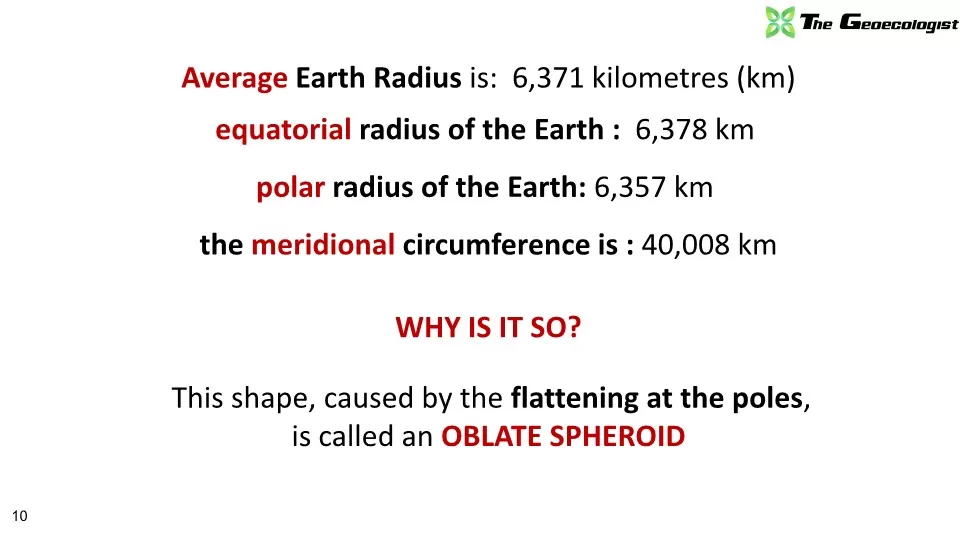











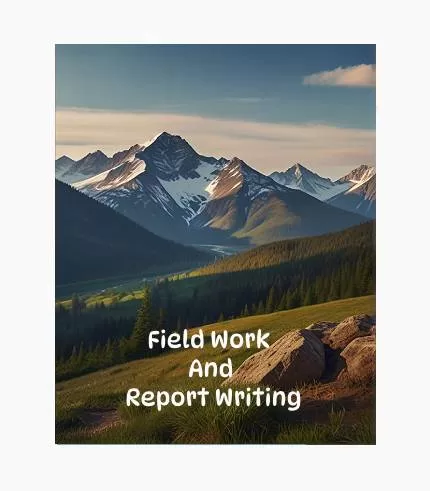

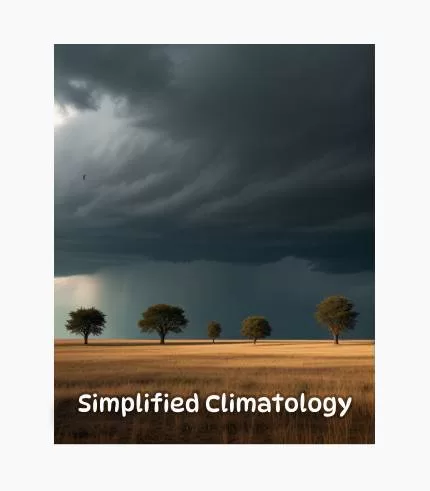

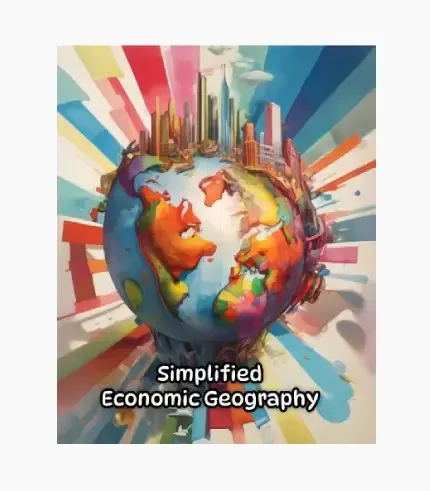



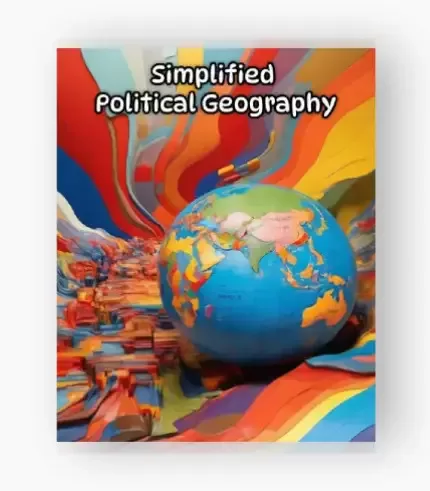

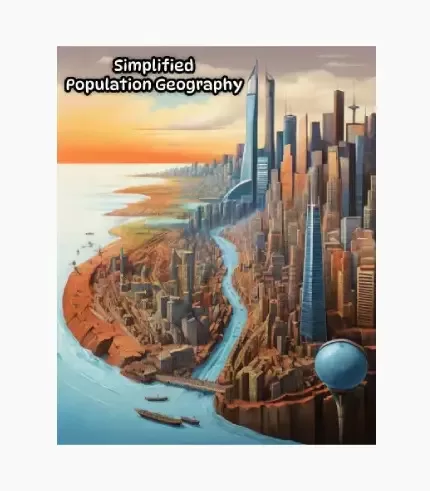

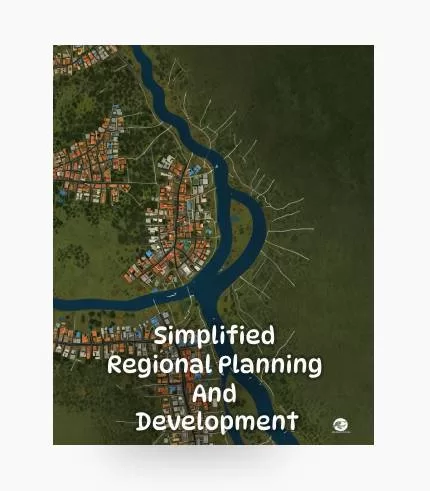

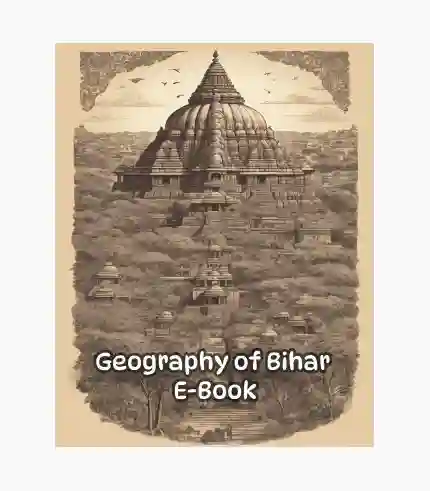

Reviews
There are no reviews yet.